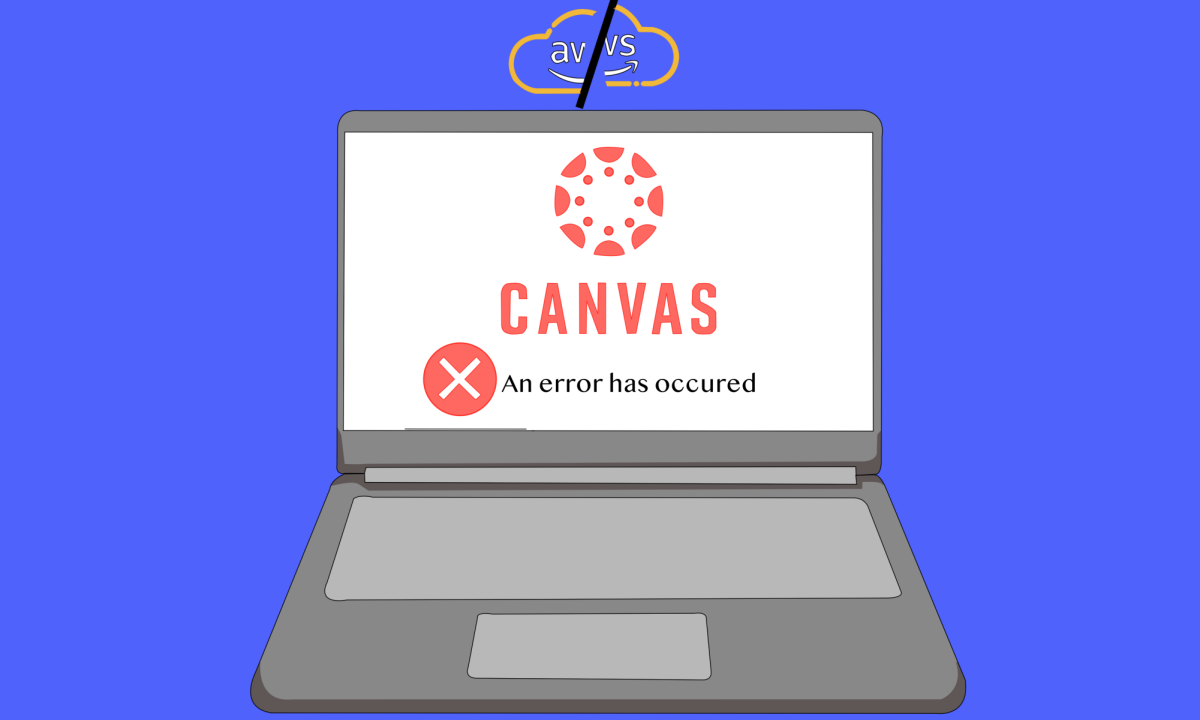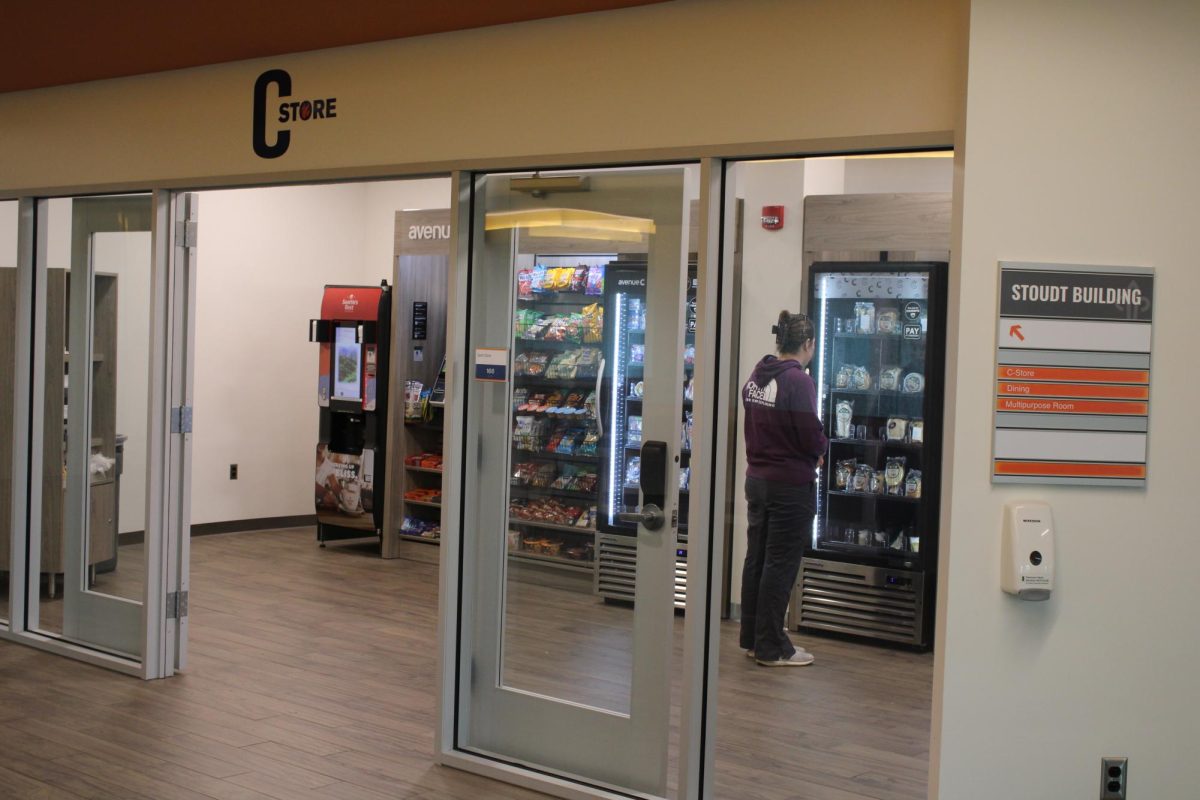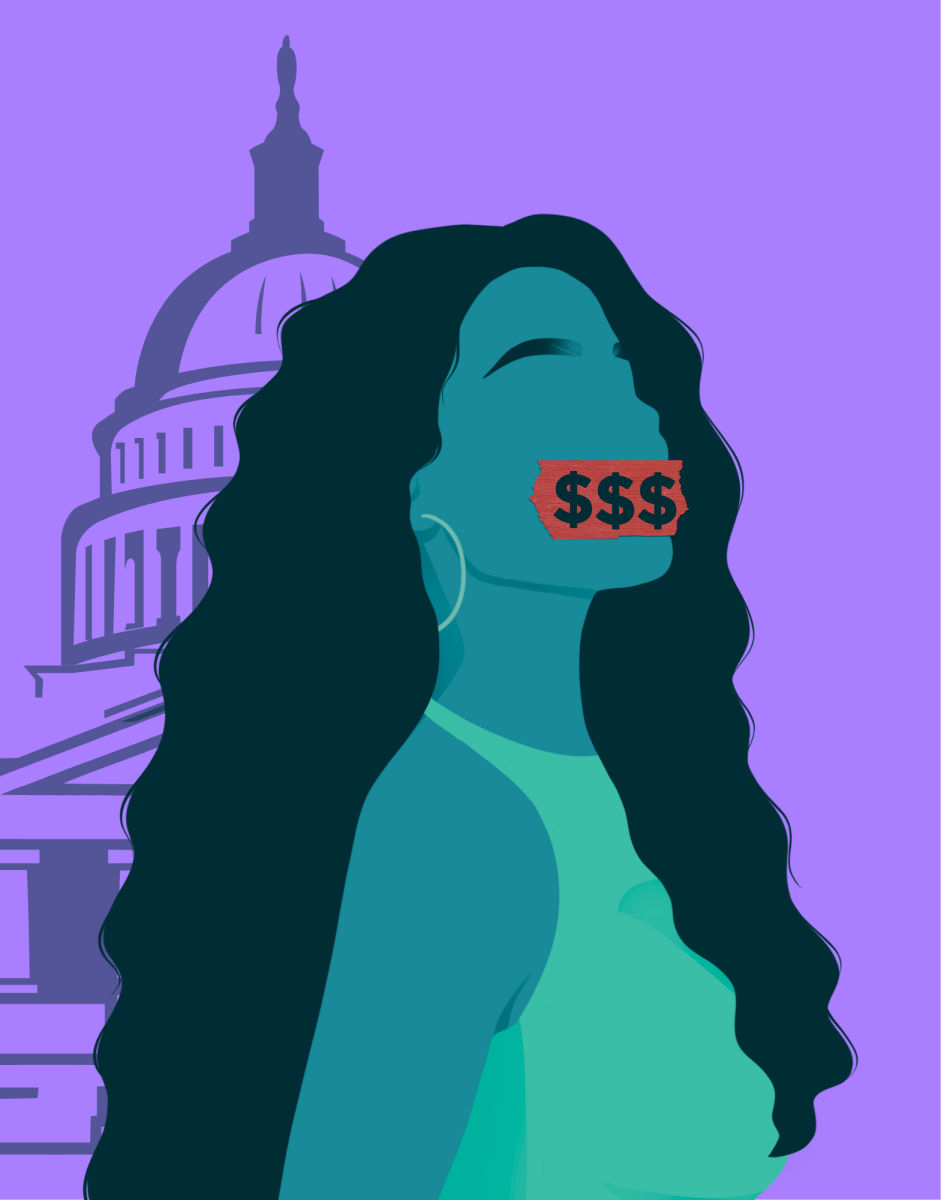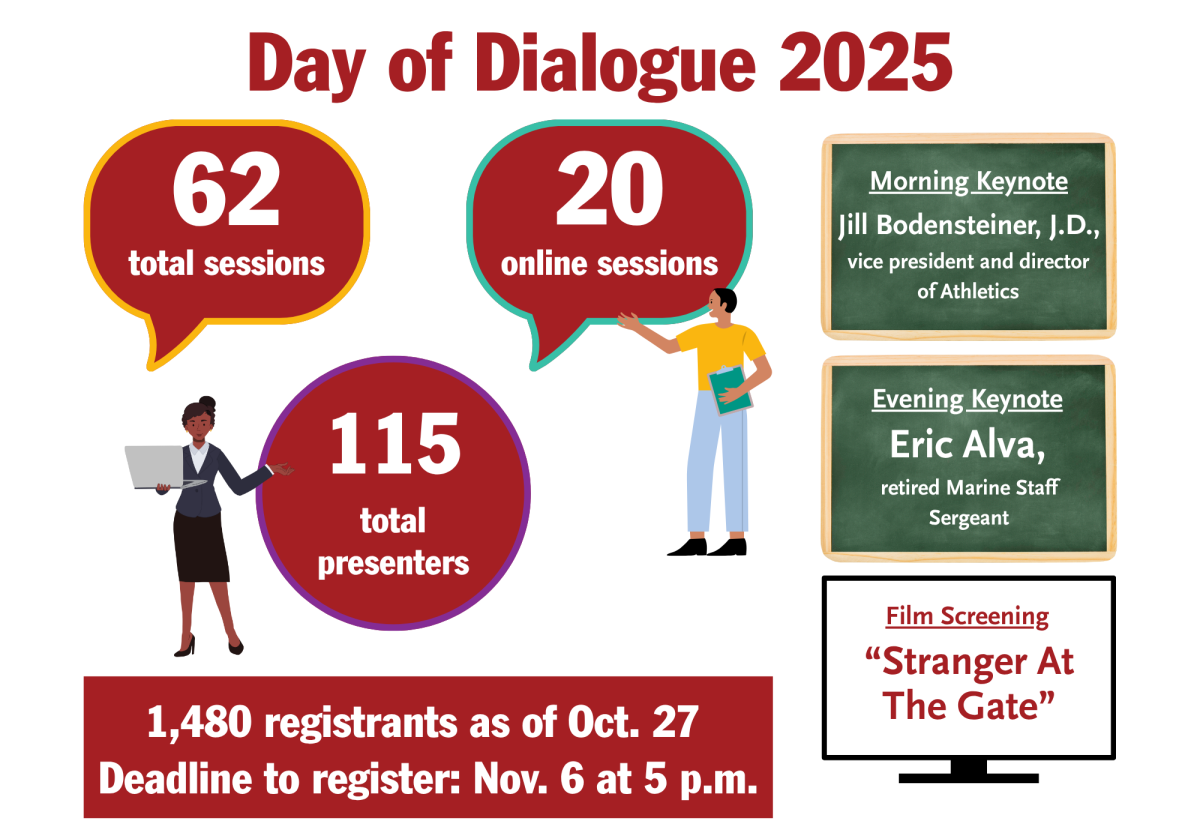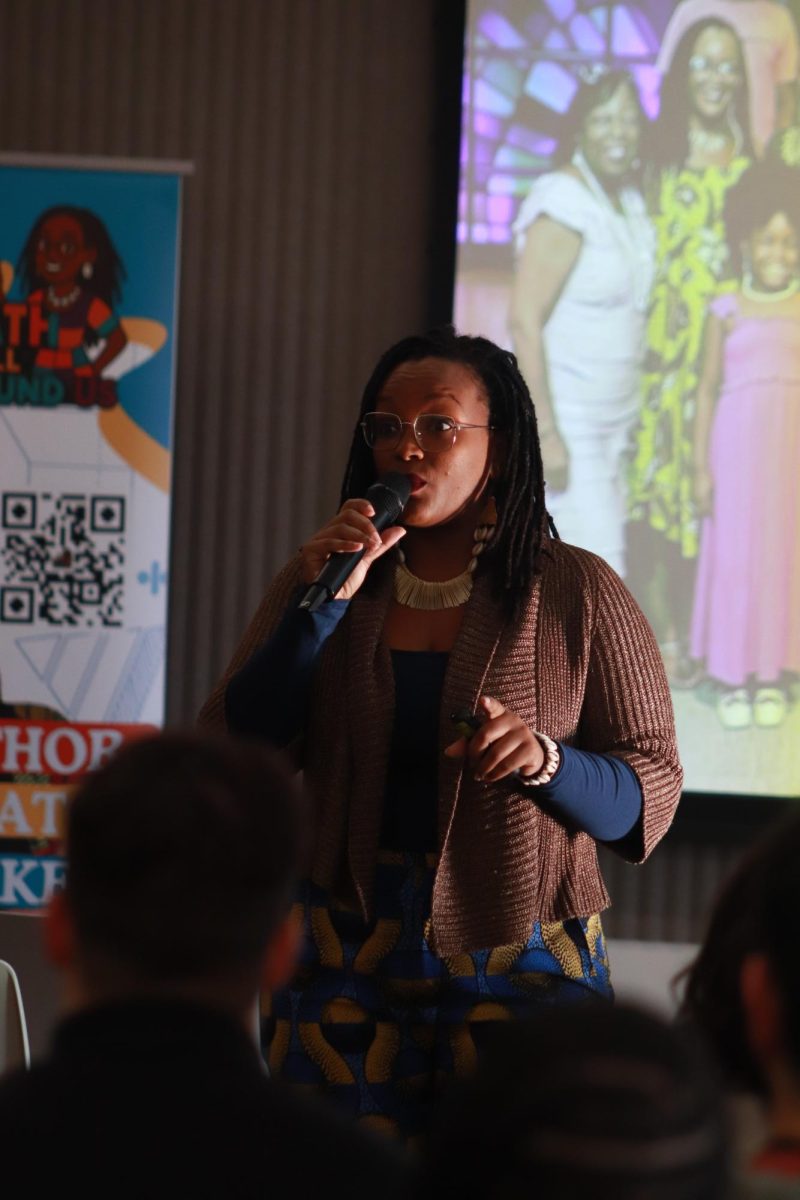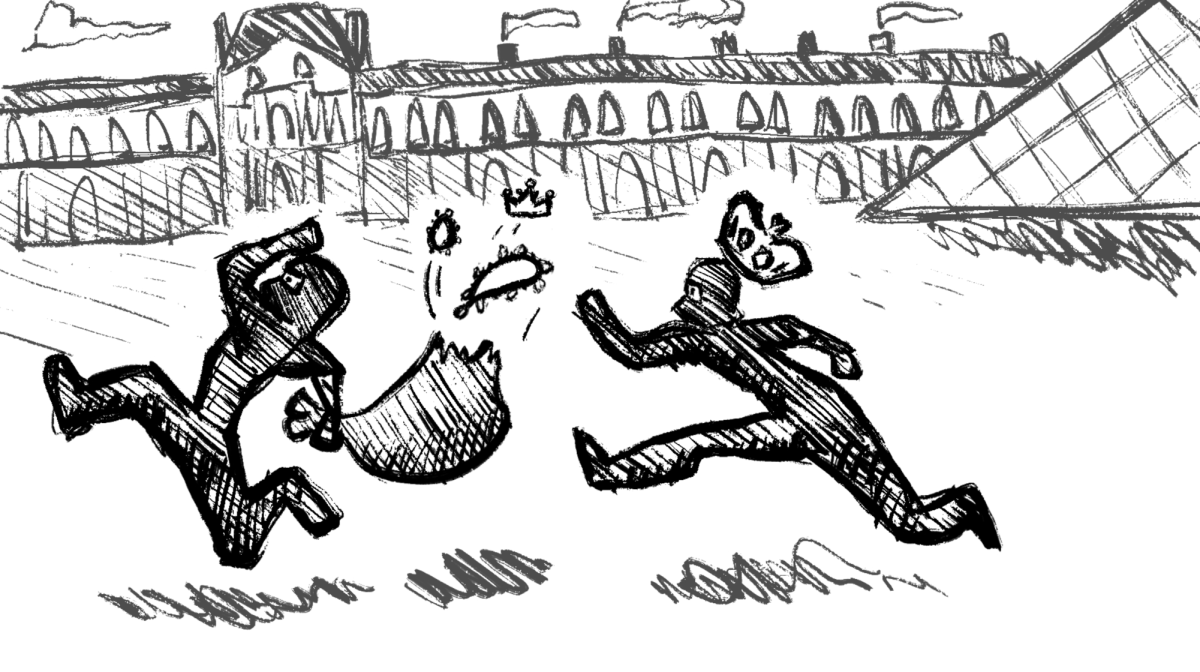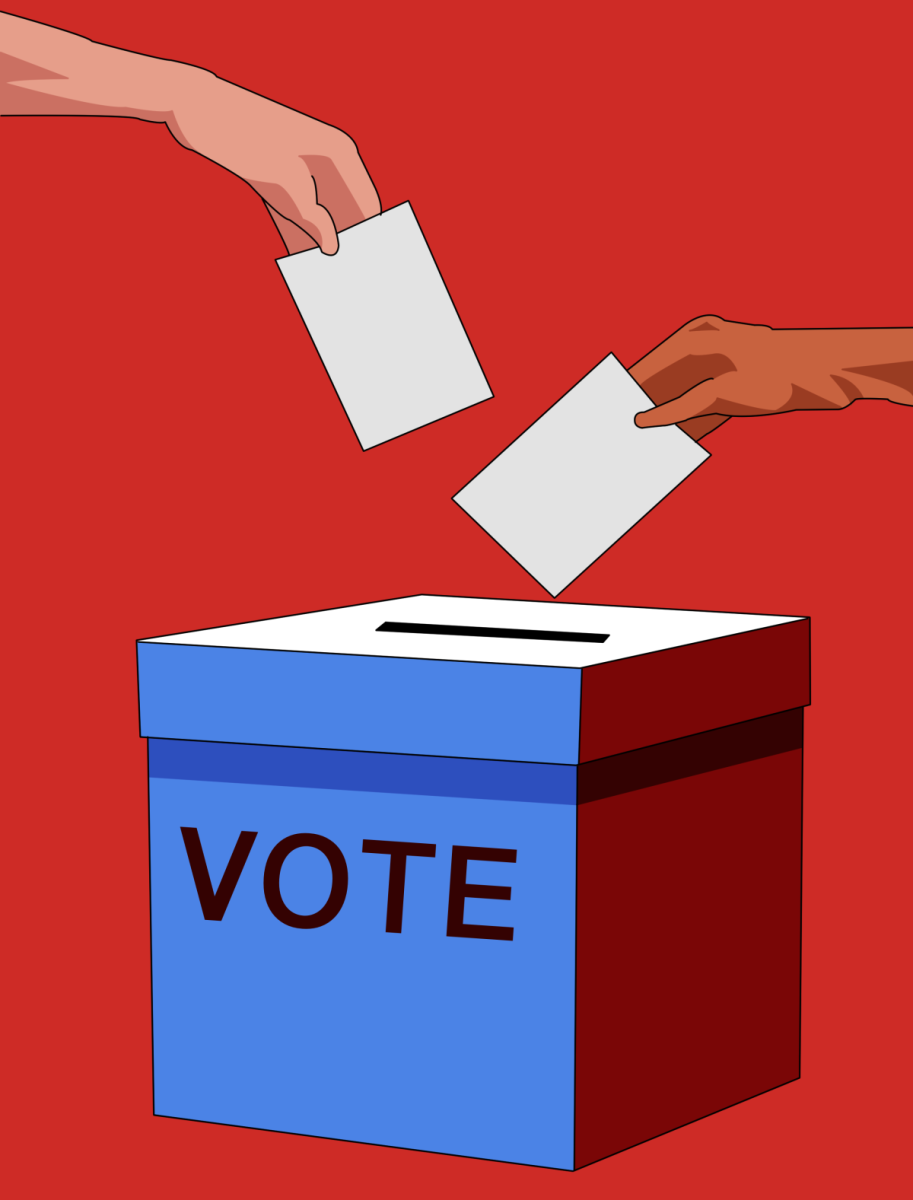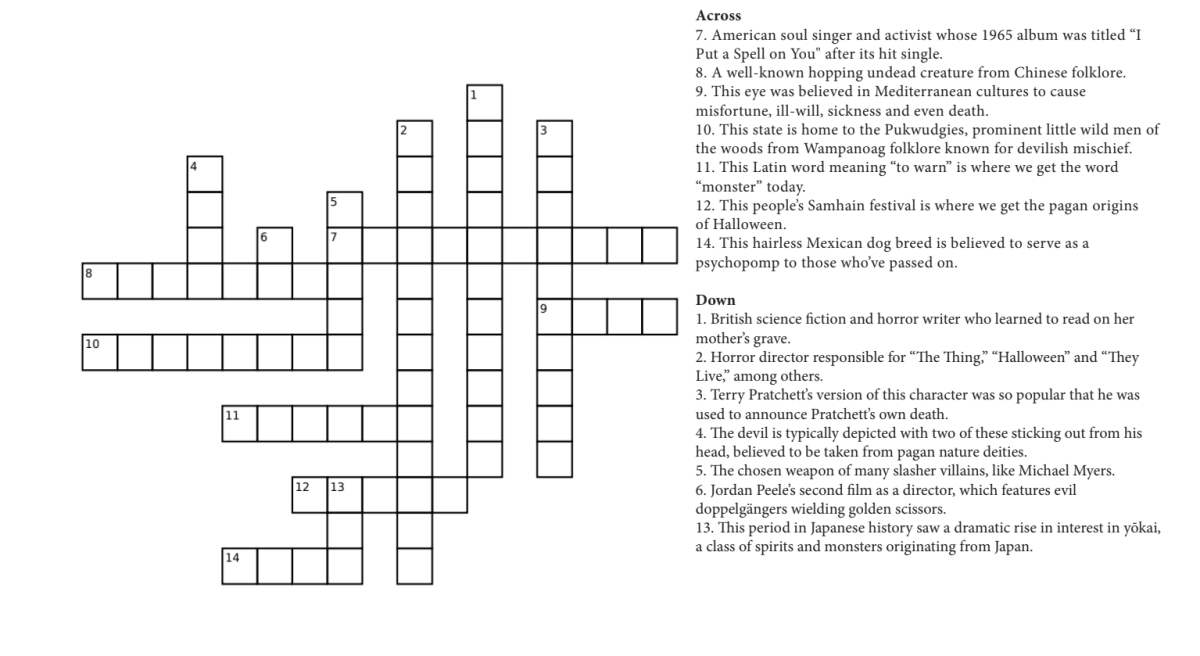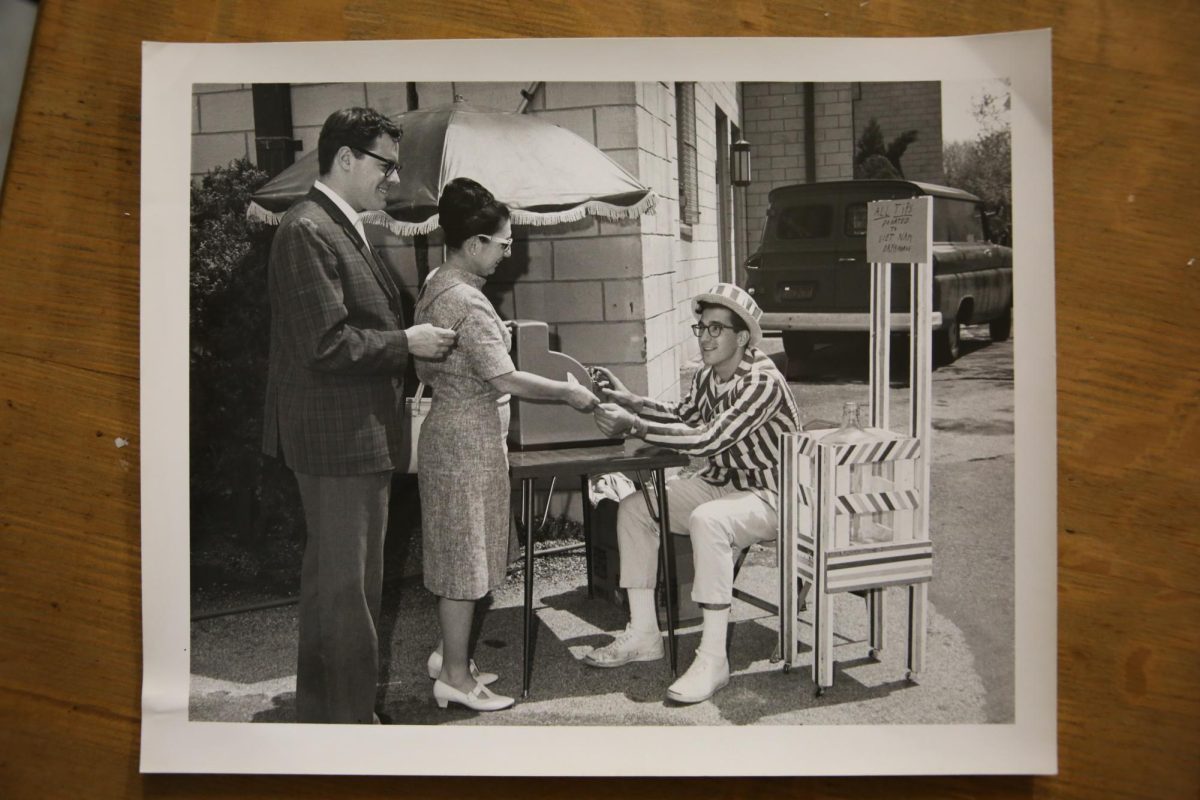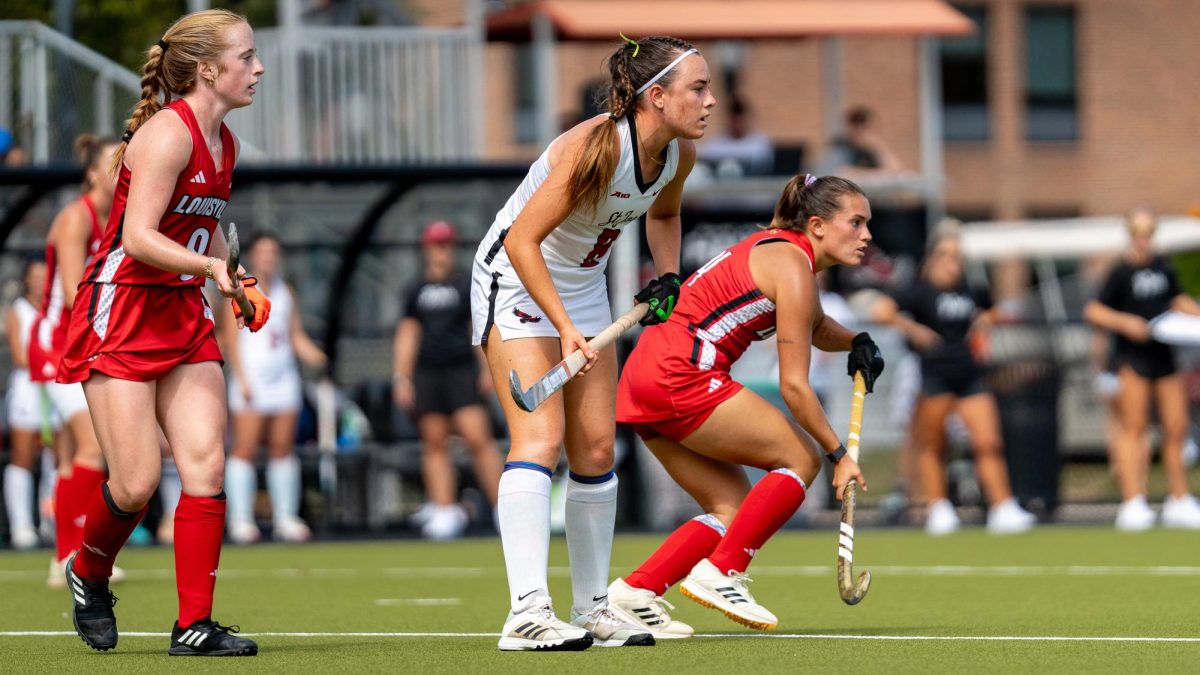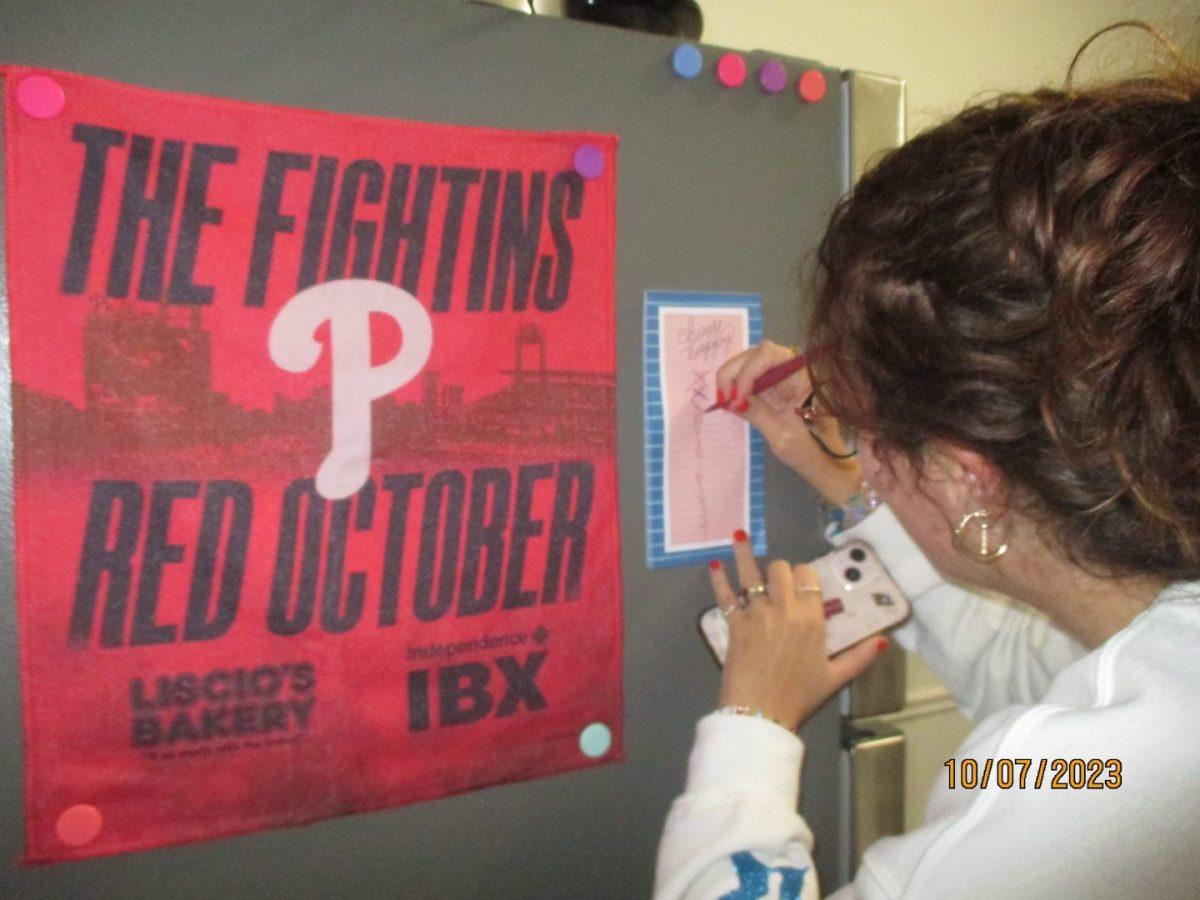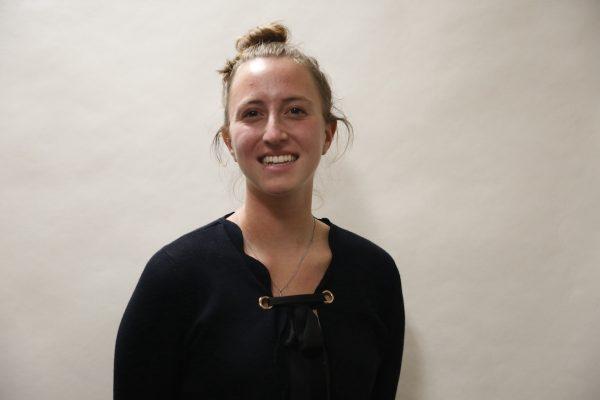Jim MacMillan, founder and director of the Philadelphia Center for Gun Violence Reporting and assistant director of the Logan Center for Urban Investigative Reporting at Temple University, will have his photography on display through March 31, 2024 at Temple University’s Charles Library 1st Floor Exhibit Space. The exhibition captures different protests, demonstrations and human experiences throughout Philadelphia. MacMillan is sharing the exhibition with photographer Joseph V. Labolito.
MacMillan’s photojournalism background allows him to capture emotions from a fly-on-the-wall perspective. MacMillan, along with the rest of an Associated Press photography team, won the 2005 Breaking News Photograph Pulitzer Prize for photographs of the war in Iraq. His body of work on display includes photos he has taken over the course of his 17-year career at Philadelphia Daily News.

Photographer Jim MacMillan speaking at the Better Gun Violence Reporting Summit in Philadelphia in PHOTO TAKEN BY KRISTON JAE BETHEL, PHOTO COURTESY OF JIM MACMILLAN
The Hawk: What made you decide to first get into photojournalism?
MacMillan: After high school, I went to art school at the Museum of Fine Arts in Boston. I was studying drawing, painting and sculpture when some friends took a photo course, and I took the photo course because my friends were taking it. By that time, I had transferred into a bachelor’s program in education at Tufts University, which had an affiliation with the museum school. I transferred out of the museum school, but I was still back there taking this photo course. Almost immediately after I started taking pictures, I tried to sell them to local newspapers.
The Hawk: Why do you think advocacy is important in photography?
MacMillan: For many journalists, it’s important to not be an advocate or to not be identified as an advocate. My worldview on that has shifted dramatically over a lifetime. I think it’s appropriate, even the responsible thing to do, for journalists to advocate for some sort of universal human rights for peace and safety and justice and truth. So, I think about myself very much as an advocate now.
The Hawk: Over the course of your career, what is one of the biggest challenges you have faced?
MacMillan: In any case, the challenge is always weighing ethics. The code of ethics of the Society of Professional Journalists says to minimize harm, which is one hell of a challenge. They’re saying that you’re allowed to harm people in return for providing a public service and that you have to decide the right balance, you and your editors. So, that’s probably the single most difficult challenge, balancing harm versus public service.

Jim MacMillan’s photograph of 2017 women’s march on the Benjamin Franklin Parkway, on display at Temple University’s Charles Library 1st Floor Exhibit Space. PHOTO COURTESY OF JIM MACMILLAN
The Hawk: What is your favorite piece on display in this particular exhibit?
MacMillan: What I like most is the body of work over any individual picture. The reason I like that is because of the spectrum of issues that the demonstrators were addressing [in the photos]. So many of them, maybe most of them, are addressing war and social justice and early economic justice. But then there are specific demonstrations, like accessibility on SEPTA, permission for skateboarders to skate in LOVE park, some group against conspiring with bioengineered foods, something I don’t even know much about. That’s what I like most, the spectrum of issues in the body of work.
The Hawk: What do you hope people gain from seeing your work on display?
MacMillan: This exhibition features mostly prints from a coverage of activism in Philadelphia. I’ve seen several cycles of more frequent activism throughout the years that have been in Philadelphia, and I hope it reminds, and maybe encourages, people to understand that it’s been going on for a long time and raises the question of the value of activism. I know some people are critical about the value of yelling at buildings to prompt social change, but at the same time, I’ve seen a lot of inspiration. I’ve seen a lot of relationships begin. There’s an empowerment that you see in those groups that wouldn’t happen if people didn’t come together in public places.

